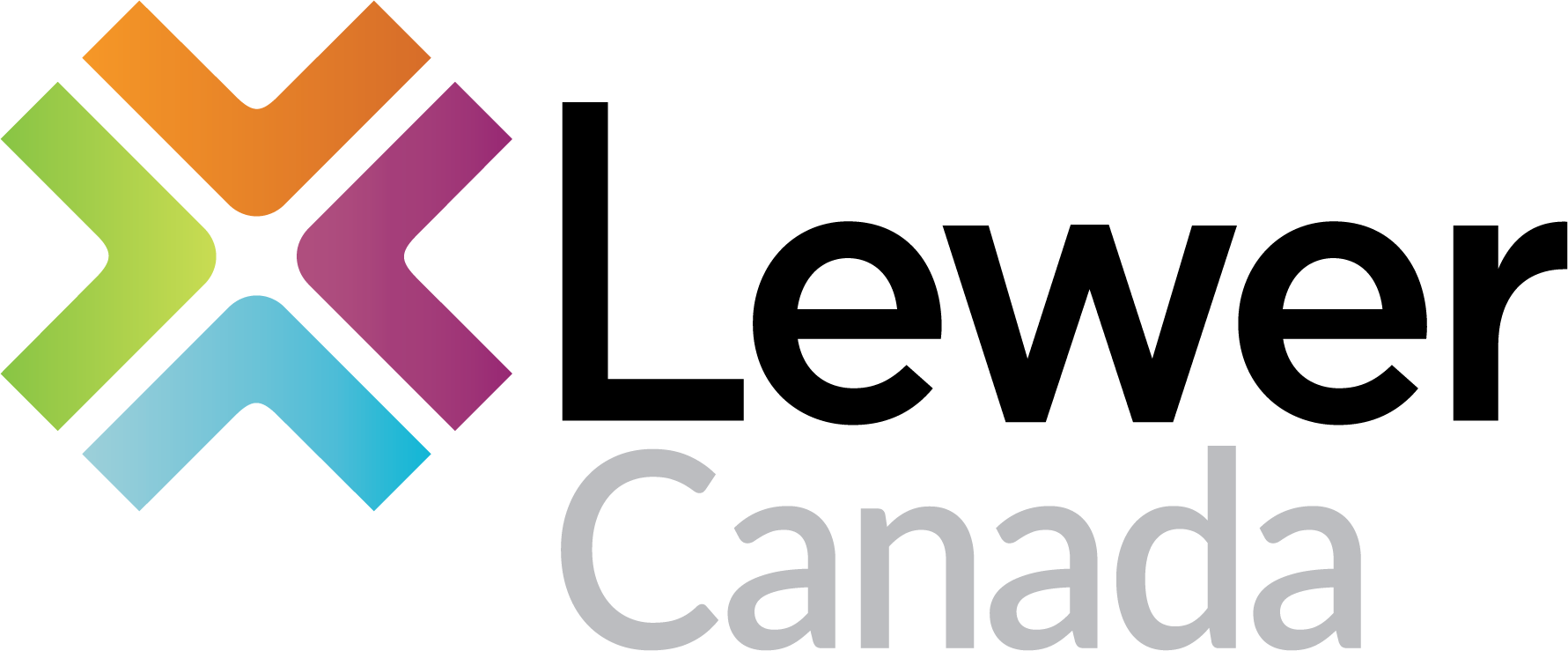The idea of offering health benefits to valued employees is particularly appealing to many small business owners in Canada. Trying to navigate the maze of options and coverage considerations, however, is a much less appealing venture. These six tips can make the process a little less daunting and give you a better lay of the land of how to offer great benefits for your employees.
6. Learn about Government Programs
Perhaps the first thing small businesses in Canada should do is contact a trusted advisor or broker to ask for guidance on the kinds of coverage offered by provincial governments. Many businesses may not be aware that there are actually government programs in which their employees can enroll in under certain circumstances. These programs, like Trillium in Ontario for example, often provide additional benefits, such as catastrophic drug coverage, at a more affordable cost than otherwise available to the employer or to the employee.
Once you’ve gone to school regarding what coverage your employees already have or could be eligible for through government programs, you’ll have a better idea of the kinds of coverage you need to provide for your employees through your private benefits program.
5. Consider Your Options
Employers today have plenty of options when it comes to picking a health coverage plan that suits their needs. Health spending accountscreate flexible options, and voluntary benefits are becoming increasingly popular options for small businesses looking to offer health coverage to their employees. Of course, the traditional group benefits model is still the selection of many, including plenty of Canadian small businesses. While a more traditional plan won’t suit every business, it may be the best option for yours. Be sure to evaluate all of your options against your business needs.
4. Survey Your Employees
Another important facet of navigating health coverage is to determine what benefits your employees need and want. You may think it’s very important to offer coverage for prescription drugs or private hospital beds, but your employees may have other concerns, such as extended vision care or dental care. The demographics of your workforce will determine which benefits employees are most likely to need and use. Employees may also have feedback on the various plan structure options.
3. Research Program “Perks”
Yes, your employee benefits program may have additional “perks” for your business! Some plans offer business incentives such as tax breaks or refunds, which can really help small businesses as they try to make health benefits more affordable. You may be able to get more out of your employee benefits program than you initially anticipate. If your business had considered health coverage too expensive beforehand, there may be programs that can change your mind.
2. Remember Not All Plans Are Created Equal
As you research options for your small business’s health benefits, you may stumble across deals that seem too good to be true. In many cases, that’s exactly the situation: not all plans are created equal, so be sure to review and compare plan rates, perks, structure, and coverage carefully.
A “good deal” might actually just be a plan with very poor coverage, or one where premiums will increase exponentially if your employees submit too many claims. Doing your homework and remaining skeptical can help you select the best option for your business.
1. Plan to Reevaluate
Even after careful research and deliberation, it’s always wise to revisit your benefits plan choice sometime in the future typically every three to five years. Perhaps the plan doesn’t work the way you thought it would, or maybe premiums were more than expected. Maybe your employee demographics have shifted and you need to reconsider the coverage you provide or even how you provide it. While restructuring a benefits program is no small decision, it can be done. Your benefits program should evolve and grow alongside your business.
![]()


